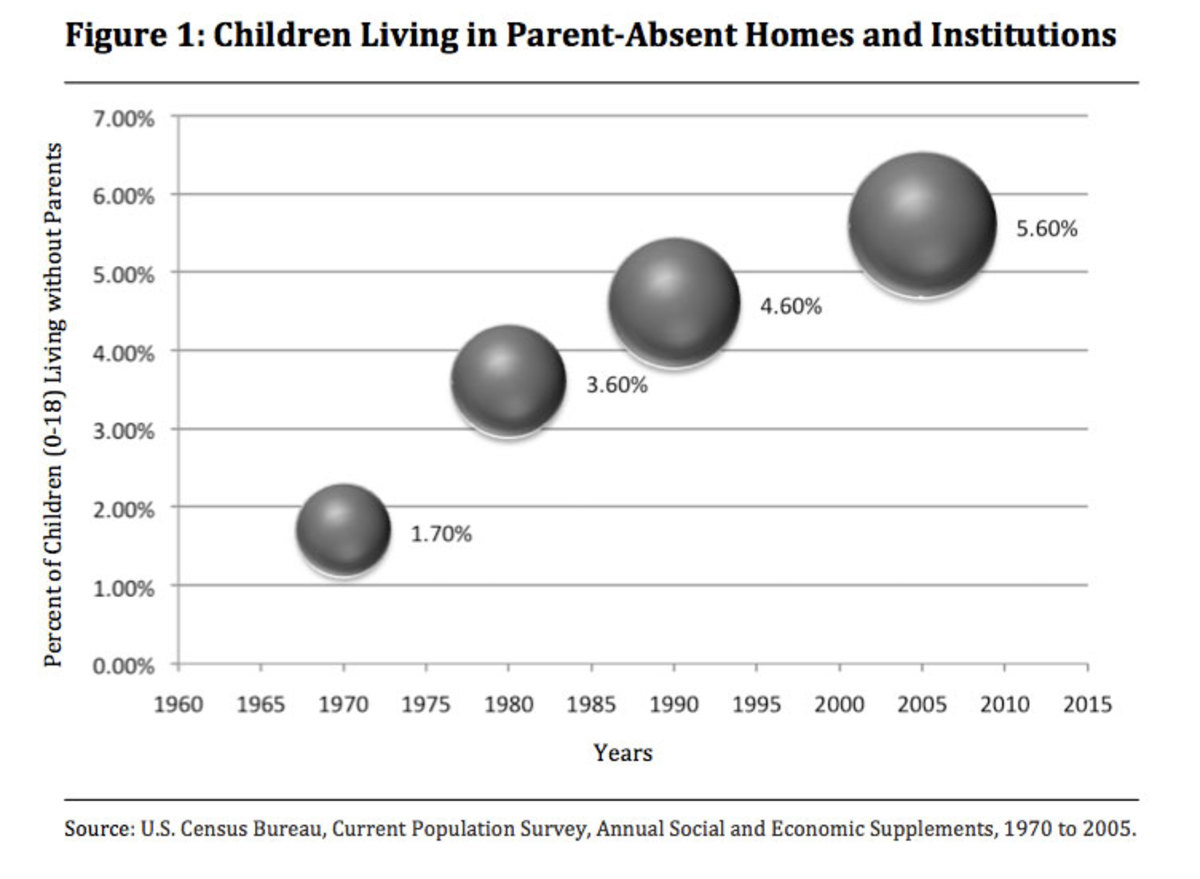A Guide to Talking with Children

6 Factors when talking with children
Very few parents know how to talk "with" children. Instead they talk "to" them, preach to them, yell at them, lecture them, scold them, or argue with them. This blocks communication.
TALKING "WITH" CHILDREN:
**respect the child ** consider your guidance ** focus on clarifying issues
**recognize differing points of view ** be direct or general? ** solicit problem solving ideas
Respect the child
Begin early talking "with" children. They begin communicating early. Children observe, receive impressions, organize their thoughts, and act on their conclusions at an early age. It is best not to "pound home" what you think. It is better to respect what children are saying. In fact, this is the difference between forcing children into your mold and helping them clarify their own thoughts and ideas.
Consider your guidance
When talking with children it is important to guide them. Learn to pay attention to your child's conversations and to discover the meaning behind their comments. Find out what they are thinking and what they mean by what they are saying. Do not assume that you must rebuke them, scold them, criticize them, or find fault with what they say.
Be careful that, in your eagerness to guide them, you are not discouraging their willingness to talk with you. Otherwise, they may not truly express their thoughts because, perhaps, you made them uncomfortable.
Accept their thoughts. Accept their ideas and explore what they say. Be sure that in your efforts to guide them you consider their uniqueness and individual way of interpreting events.
Focus on clarifying issues
Sometimes when children try to express themselves, especially if they are in error, the issues get "muddled" or their thinking becomes defensive for no apparent reason.
It is good to give time for the "heat of the moment" to cool off. You might ask questions like "If you do this, what might happen?" Or "How does that make you feel?" This "cool down" will give children (and parents) a chance to think more clearly about issues rather than to become misguided in their interpretation of and reactions to the issues.
Parents need to set a feeling tone of acceptance and exploration rather than a feeling tone of accusation and anger. When a sense of acceptance and a willingness to explore are created, children feel that they have companionship in the daily "job" of problem solving and in resolving issues and in communicating clearly.
Avoid shaming. Avoid leaving children alone with their "faulty" communications and interpretations of conversations.
Recognize differing points of view
When talking with children, especially about daily issues that arise, there is more than one point of view. The parent's point of view is not the only one. Children generally see things differently. If parents disgrace children, embarrass children, or cause them to lose face, parent-child communication will be blocked.
Instead of rejecting a child's point of view, try saying something like, "You could be right." Or try something like, "Let's take a minute to think about what you are saying." Or if you completely disagree, try, "I don't agree, but you may think what you wish. Let's just wait and see."
These kinds of comments allow children (and parents) time to reevaluate their thinking and to come up with alternative ideas. The children's ideas are voiced thus creating an "open acceptance" and allowing flexible solutions. As a result, children begin to "own" their place as a valuable "listened to" person who helps create family harmony.
Begin these techniques early in life and children learn to see themselves as able contributors in solving their own problems. They look upon themselves as capable of adding positive contributions. As a result, they are not continually trying to prove that they are "right" or always "holding steadfastly" to faulty interpretations of everyday events.
Direct or general?
Sometimes it helps to create distance between the child and an obvious problem he is at fault for. After all, not many people want to face a problem for which they are at fault. This is especially true if they feel "blamed". Try speaking in general about infractions. For example, speak of "people" rather than speaking of the specific child involved. This creates a distance between the offender and the infraction thus enabling a child to feel less "tense" and more willing to talk about "someone else."
At other times, it is appropriate to be more direct. For example, you might say, "I don't understand. Please explain it to me the best you can." Then ask for suggestions to help resolve the issue.
Remember, moralizing defeats parents. If parents continually try to impress on children "how wrong they are", children will not remain "open". They will not feel free to express themselves and your efforts to talk with your children become thwarted by your talking to your children.
Request ideas for problem solving
Talking with children involves working together to communicate ideas for solving problems. To children, it feels like you are a team talking together to provide solutions and to create family unity. Children learn that talking together to solve problems is a benefit for everyone in the family.
This does not mean that parents must give into children without guiding them. If parents are always solving children's problems, how will the children learn to express their ideas and to solve problems themselves?
If parents do not "listen" when "talking" with their children, children learn not to cooperate, not to contribute, and not to "give and take", thus communication is not only full of conflict but also it is non-existent. Consider your children's ideas valuable. It makes them willing communicators and allows you to talk with them.








